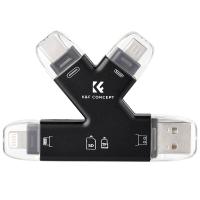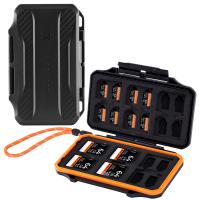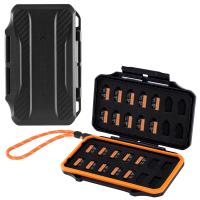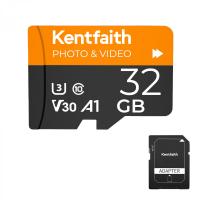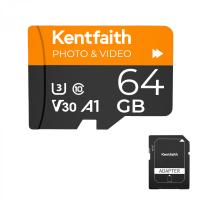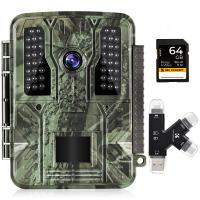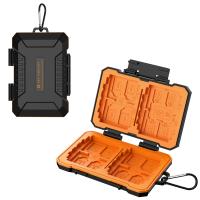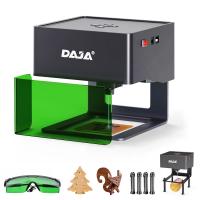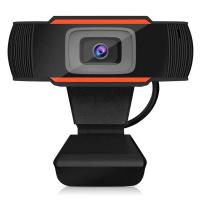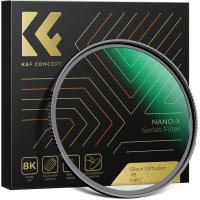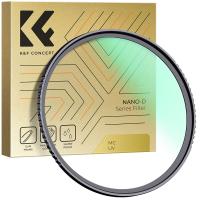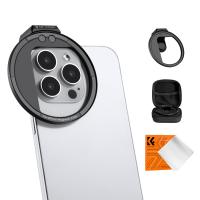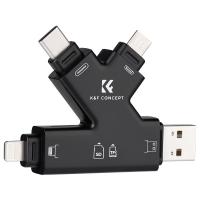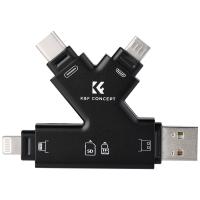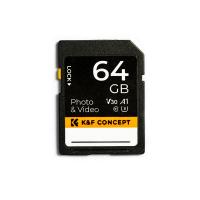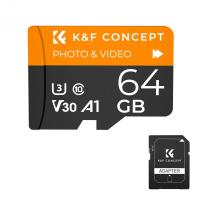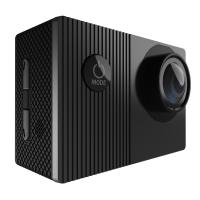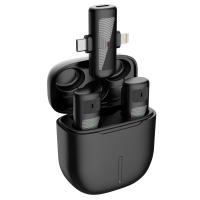Can I Install Windows 10 On Sd Card?
Can You Install Windows 10 on an SD Card? A Complete Guide

Installing Windows 10 on an SD card is a question that frequently pops up among tech enthusiasts, hobbyists, and people with limited access to traditional hard drives or SSDs. While it might sound appealing—using an SD card for your main operating system—it’s important to understand the limitations, potential performance issues, and the steps involved. In this article, we’ll explore whether it’s feasible, the steps to do it, and some crucial considerations before you make the attempt.
The Feasibility of Installing Windows 10 on an SD Card
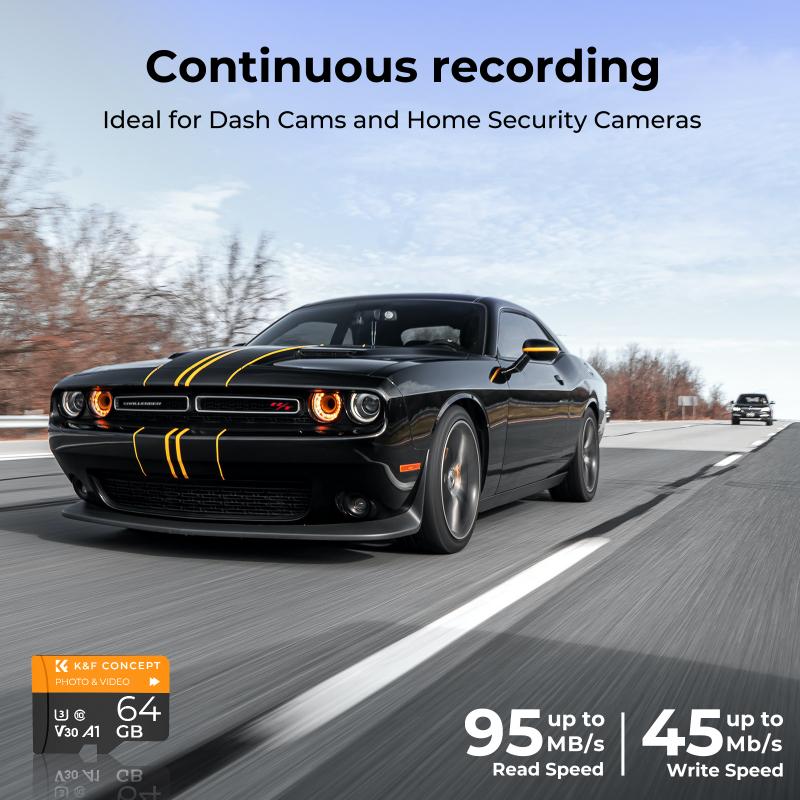
At the core of this question, the feasibility hinges on several factors:
1. Windows 10 System Requirements:
The system requirements for Windows 10 suggest a need for a hard drive or SSD that offers high-speed read/write capabilities. Typically, Windows 10 installations need a device with at least 16GB of free space (for the 32-bit version) or 20GB (for the 64-bit version), and it requires fast read/write speeds to ensure smooth performance.
2. SD Card Speed:
Standard SD cards are much slower than modern SSDs or hard drives. Even high-speed SD cards like UHS-I and UHS-II still have significantly lower data transfer speeds compared to SSDs, and this speed discrepancy becomes a critical bottleneck for performance, especially during booting, loading applications, and performing system-intensive tasks. This can make the Windows experience on an SD card sluggish and inefficient.
3. Boot Compatibility:
Another challenge is ensuring that the SD card can be used as a bootable drive. Many devices and motherboards support booting from USB drives, but booting from an SD card is less commonly supported by default. While it's technically possible, some BIOS/UEFI setups may not recognize an SD card as a valid boot device, or you might have to enable specific settings to make it work.
4. Wear and Tear on the SD Card:
SD cards are designed primarily for storing photos, videos, and documents—not for running operating systems. Unlike SSDs, which are built for frequent read/write operations, SD cards have limited write cycles, meaning they degrade faster under heavy use. Installing and running Windows 10, which involves constant disk activity, can lead to premature wear and potentially cause data corruption or loss.
How to Install Windows 10 on an SD Card

Assuming you are aware of the potential performance limitations and wear concerns, here’s a general overview of the process to install Windows 10 on an SD card:
What You’ll Need:
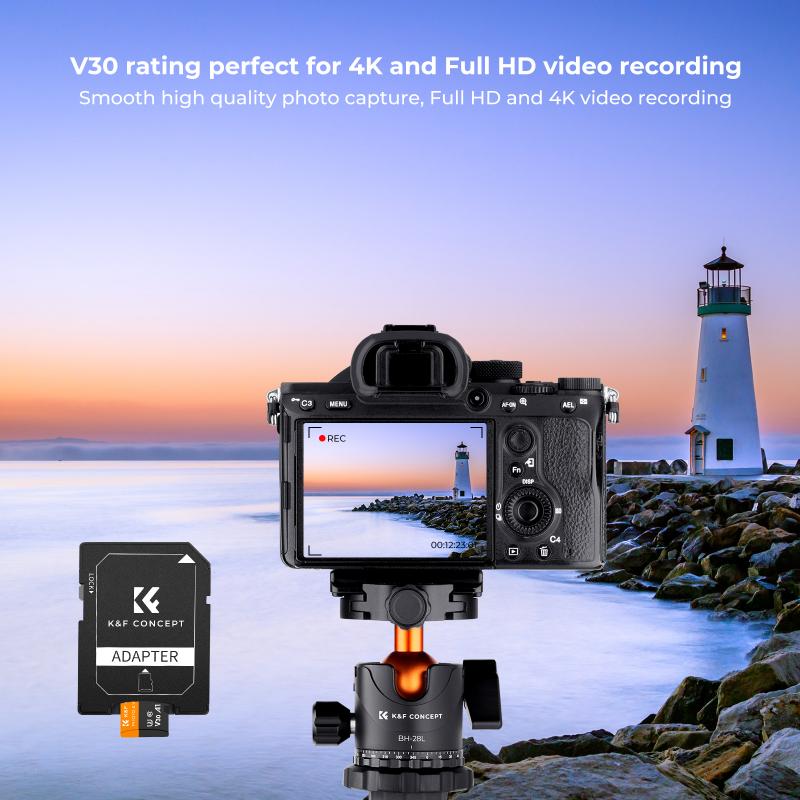
1. A Windows 10 ISO File: You can download the official Windows 10 ISO from Microsoft’s website. Ensure that you select the version that corresponds with your system’s architecture (32-bit or 64-bit).
2. A Large, High-Speed SD Card: At least a 64GB SD card is recommended, though the larger, the better. Ideally, choose an SD card with high read/write speeds (e.g., UHS-I U3).
3. A Tool for Creating Bootable Media: You can use tools like Rufus or Windows Media Creation Tool to make the SD card bootable.
4. A PC that Supports Booting from an SD Card: This is critical. You need to ensure that your computer’s BIOS/UEFI setup allows booting from an SD card.
Steps to Install Windows 10:
1. Prepare Your SD Card:
- Insert the SD card into your computer.
- Use Disk Management (on Windows) to format the SD card, making sure to choose the exFAT file system, which is suitable for larger partitions and works well with Windows.
2. Create a Bootable Windows 10 SD Card:
- Download and install Rufus or use the Windows Media Creation Tool.
- In Rufus, select your SD card from the device dropdown, choose the Windows 10 ISO file, and configure the partition scheme as MBR for BIOS or GPT for UEFI. Use FAT32 as the file system.
- Click "Start" to create the bootable SD card.
3. Configure Your BIOS/UEFI:
- Restart your computer and access the BIOS/UEFI settings (usually by pressing a key like F2, Del, or Esc right after powering on).
- Navigate to the Boot tab and ensure that SD Card is enabled as a boot device, or change the boot priority to prioritize booting from USB or SD.
4. Install Windows 10:
- Once you’ve set up the SD card as bootable and configured your BIOS, restart the computer with the SD card inserted.
- Your PC should boot into the Windows installation environment. From there, you can proceed with the installation process just like you would on any other drive.
- When prompted to select where to install Windows, choose your SD card. Be cautious when selecting the drive, as selecting the wrong one could lead to data loss.
5. Complete the Setup:
- After Windows 10 is installed on the SD card, the system will go through the usual configuration process (setting up a username, password, and network connection).
- Once installed, you can begin using Windows 10 directly from the SD card.
Performance Considerations
Speed:
As mentioned, the biggest bottleneck when using an SD card for Windows 10 is the speed. Even high-end SD cards can’t match the speed of modern SSDs. As a result, you might experience slow boot times, lag when opening applications, and general slowness when accessing files. This can be particularly noticeable when trying to multitask or run resource-heavy applications like games or professional software (e.g., video editing tools).
Windows 10 was designed for faster drives, and the slower data throughput of an SD card could limit the responsiveness of the operating system. For instance, applications might take much longer to load, and system updates could be more time-consuming.
Longevity:
SD cards have a limited number of write cycles, which means that over time, as data is written and erased from the card, the individual cells that store this data degrade. This is less of an issue for tasks like photo storage, but running an OS—where constant read/write operations happen—can cause the SD card to wear out more quickly. After a certain point, you may experience system instability, file corruption, or even failure of the SD card.
To mitigate this, you can try to minimize write-heavy tasks by adjusting settings such as pagefile and temporary files to be stored on a different drive, but this will only delay the inevitable wear.
Stability:
SD cards are not built for long-term use as primary boot drives. Windows 10 will run in a much more stable environment when installed on an SSD or HDD. With an SD card, the system may experience occasional instability, particularly when the card is nearing the end of its write cycle or if it is not sufficiently fast to handle the demands of modern Windows applications.
Alternatives to Installing Windows 10 on an SD Card
Given the various limitations, you might wonder if there’s a better way to run Windows 10 in a portable manner without sacrificing too much performance.
1. Windows To Go: This was a feature in Windows 8 and 10 Enterprise editions that allowed users to run a full version of Windows from a USB stick or external drive. Microsoft has officially deprecated this feature in recent updates, but third-party tools can still create a similar experience.
2. Portable Windows Installation on an External SSD: A more reliable solution would be installing Windows 10 on a fast external SSD. You’ll get much better performance, durability, and stability compared to an SD card, making it a better option for running Windows on-the-go.
3. Linux-Based Solutions: If you are looking for a portable operating system for your SD card or USB drive, a Linux distribution might be a better fit. Many Linux distributions are optimized to run from external media with faster performance and better management of file system wear.
While technically possible, installing Windows 10 on an SD card is not recommended for most users due to the inherent performance limitations, wear concerns, and potential stability issues. The SD card simply doesn’t offer the speed or longevity needed to run an OS like Windows 10 effectively.
For those who need a portable or alternative installation, it’s better to consider an external SSD or use Windows To Go for better performance and reliability. SD cards are more suited to storage and light tasks rather than being the main boot drive for an operating system.
In conclusion, if you’re experimenting or just curious about this setup, it’s a useful exercise to understand how Windows interacts with external media, but for regular use, it’s highly advised to stick to SSDs or HDDs for your Windows installation.

